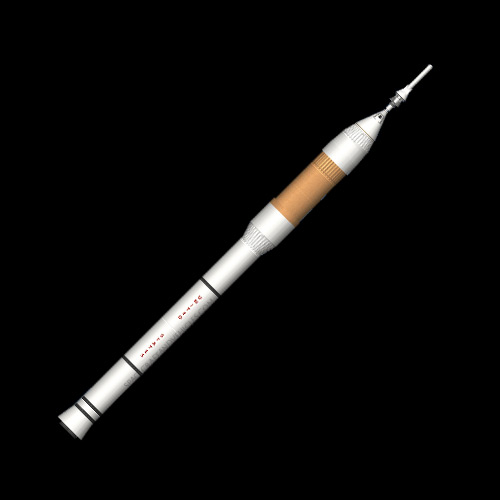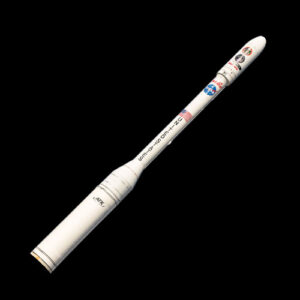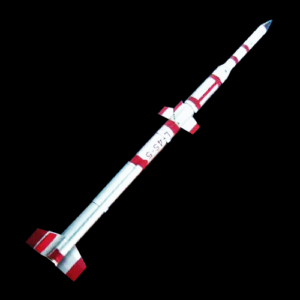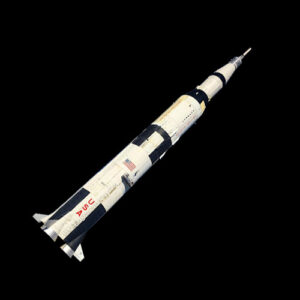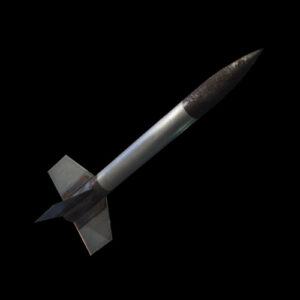The Ares rocket family represented NASA’s ambitious endeavor to develop a new generation of launch vehicles capable of supporting human exploration beyond low Earth orbit. With roots in the Constellation program, Ares rockets aimed to succeed the Space Shuttle and provide reliable and cost-effective access to space for crewed missions. Notable achievements include the development of the Ares I-X test flight, which demonstrated key technologies and capabilities for future exploration missions.
Design and Construction
The Ares rocket family comprised two primary variants: Ares I and Ares V. Ares I featured a solid-fueled first stage derived from the Space Shuttle’s solid rocket boosters, coupled with a liquid-fueled upper stage powered by a J-2X engine. Ares V, designed for heavy lift capabilities, utilized a core stage powered by liquid hydrogen and liquid oxygen engines, flanked by two solid rocket boosters. Both variants incorporated advanced materials and engineering techniques to maximize performance and reliability.
Mission Objectives
The primary mission objectives of the Ares rocket family were to enable crewed missions beyond low Earth orbit, including transportation to the International Space Station (ISS) and future lunar exploration missions. Secondary objectives included enhancing safety, reducing costs, and enabling the deployment of next-generation spacecraft for deep space exploration.
Launch and Deployment
The Ares I-X test flight, a precursor to the Ares I rocket, took place on October 28, 2009, from Kennedy Space Center in Florida. While the test flight provided valuable data, technical and budgetary challenges led to the cancellation of the Ares program in 2010. However, insights gained from the Ares I-X flight contributed to the development of future launch vehicles and exploration architectures.
Technical Specifications
Ares I:
- Height: Approximately 92 meters
- Payload Capacity: Up to 25 metric tons to low Earth orbit
- Propulsion: Solid rocket boosters for the first stage, liquid-fueled upper stage with a J-2X engine
Ares V:
- Height: Approximately 117 meters
- Payload Capacity: Up to 188 metric tons to low Earth orbit
- Propulsion: Liquid hydrogen and liquid oxygen engines for the core stage, solid rocket boosters for additional thrust.
Current Status
As of 2024, the Ares rocket family is retired, following the cancellation of the Constellation program. However, its legacy lives on in the development of NASA’s Space Launch System (SLS), which builds upon the technological advancements and lessons learned from the Ares program.
